Everyone makes mistakes—even collectors known for their impeccable taste. Building a substantial collection can sometimes seem like a dark alchemy of instinct, context, connection, and, the most fickle of all, timing.
From overpaying for known artists to missing out on a once-in-a-lifetime acquisition before an artist breaks through, who hasn’t lost a little sleep in pursuit of one perfect piece? No one knows this better than the many collectors who have graced CULTURED’s print and digital pages. But in the end, failure teaches more than success. So learn a little from the below, and don’t make the same mistake twice.
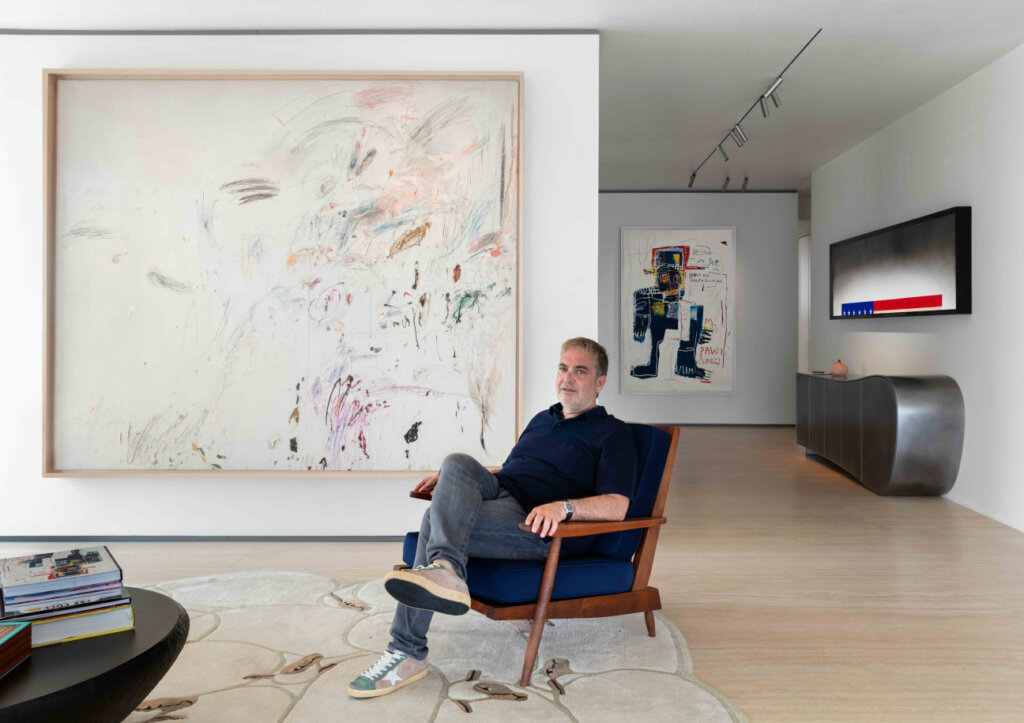
“I had always dreamed of owning a Basquiat. The first piece I acquired was at a Christie’s auction in London—a Basquiat I purchased on a Wednesday. The very next day, I attended a Phillips auction and saw another Basquiat. Even to the untrained eye, the difference in quality between the two was striking. At the time, I knew very little about the art market, but I instinctively understood that I had made the wrong choice. I managed to sell the piece I had just purchased the day before and acquire the second one instead—Irony of Negro Policeman—at Phillips. It turned out to be one of the best acquisitions of my collection, and from that moment on, I became a dedicated collector … For someone who had never purchased an artwork before, it was an incredibly unusual first experience in the art market. Negotiating such a deal while having almost no prior knowledge of how the system worked was both surreal and exciting. But in the end, it was a great learning experience—and a lot of fun.”
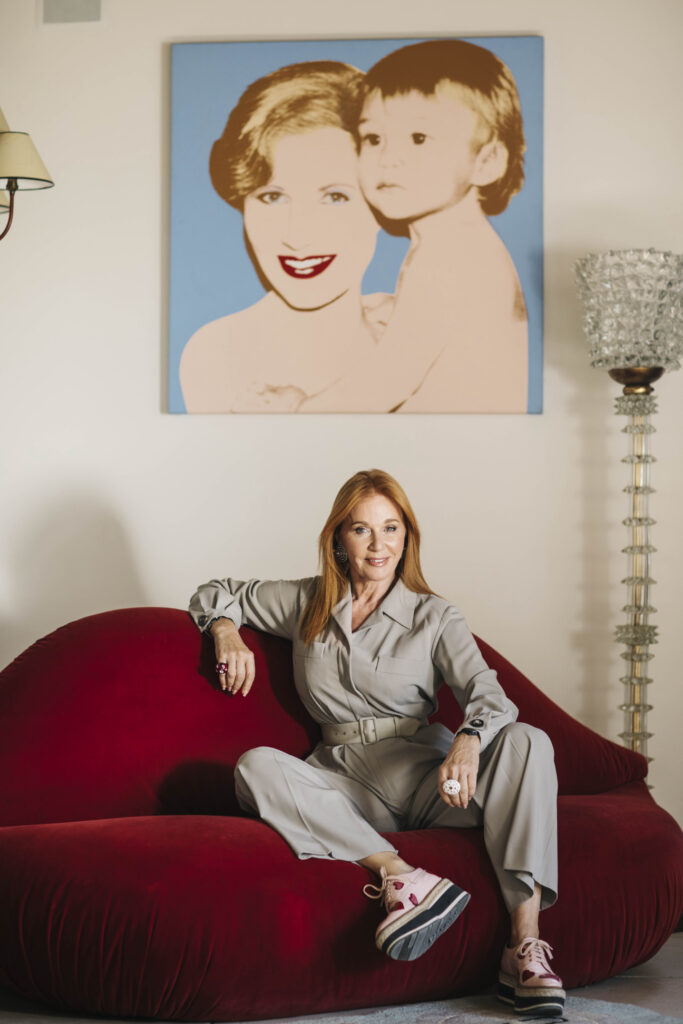
“Buying something just because everyone else wanted it [was a mistake]. It arrived, I hung it, and… silence. No joy. No spark. I sold it a year later. Since then, I’ve trusted only my intuition.”
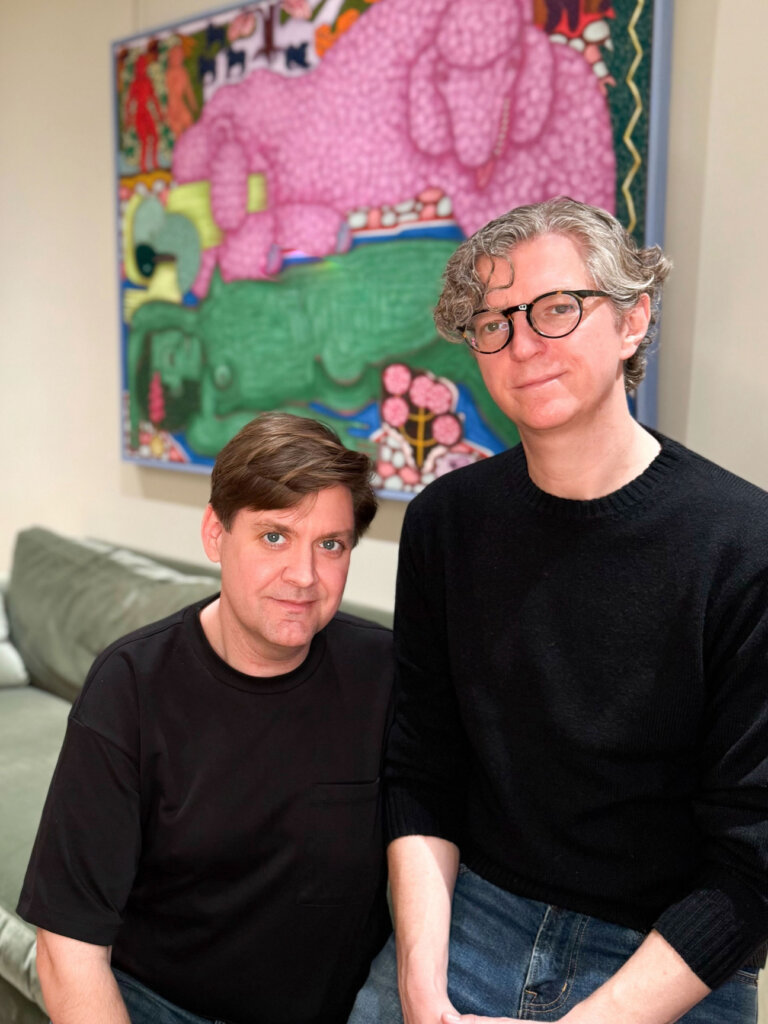
“Early in our collecting journey, Karen Flatow of Hesse Flatow and Crush Curatorial had a killer show called ‘surreality‘ with an incredible line-up of emerging artists. In that show, there was a wonderful diptych of sumptuously painted teapots shaped like elephants. We immediately fell in love and reached out to Karen. However, life happens, and, though we talked about buying them, we didn’t, and the two sweet little paintings got split up. They were painted by the amazing Dominique Fung and we still miss them. Lucky for us, we went on to collect two wonderful Dominique Fung paintings (and one sculpture!) that we live with and love every day, but we’re sad about the elephants.”
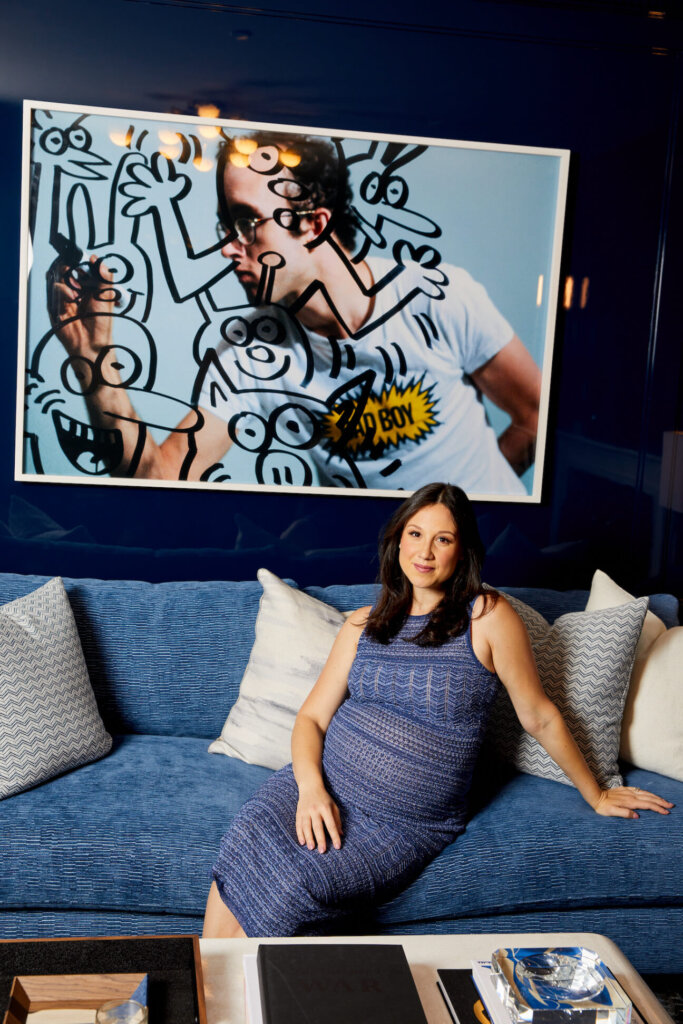
“I eagerly bid on what I thought was a Keith Haring at an art charity auction, only to realize after winning that it was actually attributed as ‘after Keith Haring.’ Lesson learned: Always read the fine print. Still, it’s a playful animation inspired by Haring’s work on Sesame Street, and I was glad to support a good cause. After that, watching Sesame Street with my children took on a new meaning. In the wise words of Grover, ‘Mistakes are how we learn, yes, yes, yes.'”
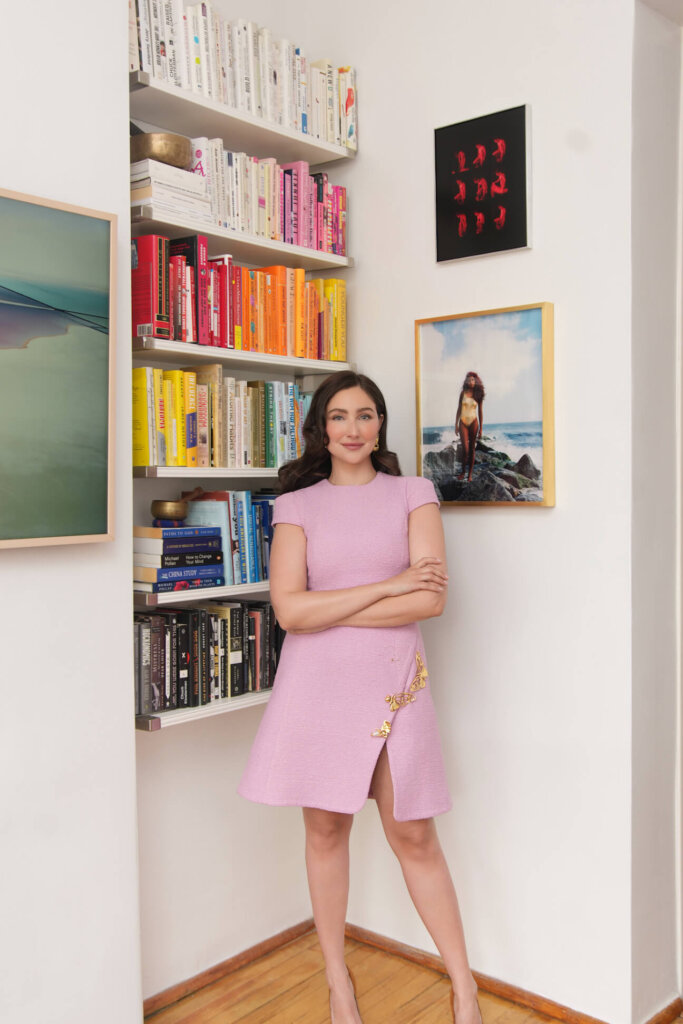
“When I joined the Bronx Museum as its youngest trustee, I was eager to make an impact and quickly reinstated the acquisitions committee, which I now chair. One of my earliest proposed donations was a work by Gozié Ojini from my dear friend, gallerist Silke Lindner. I was so focused on the artist and the gesture that I did not consider the scale of the work I had selected. After visiting Gozié’s studio in New Haven, I discovered a larger sculpture that felt better suited for an institutional collection. Silke and Gozié graciously worked with me to switch the pieces. Now, I remember to consider context and scale when approaching works for institutional donation.”

Laura de Gunzburg and Gabriel Chipperfield
Laura De Gunzburg: “Rushing into a purchase without really researching the artist’s practice. It taught me to be much more considerate.”
Gabriel Chipperfield: “Underestimating how important rarity and scarcity are, as well as consistency over the lifespan and career of an artist.”
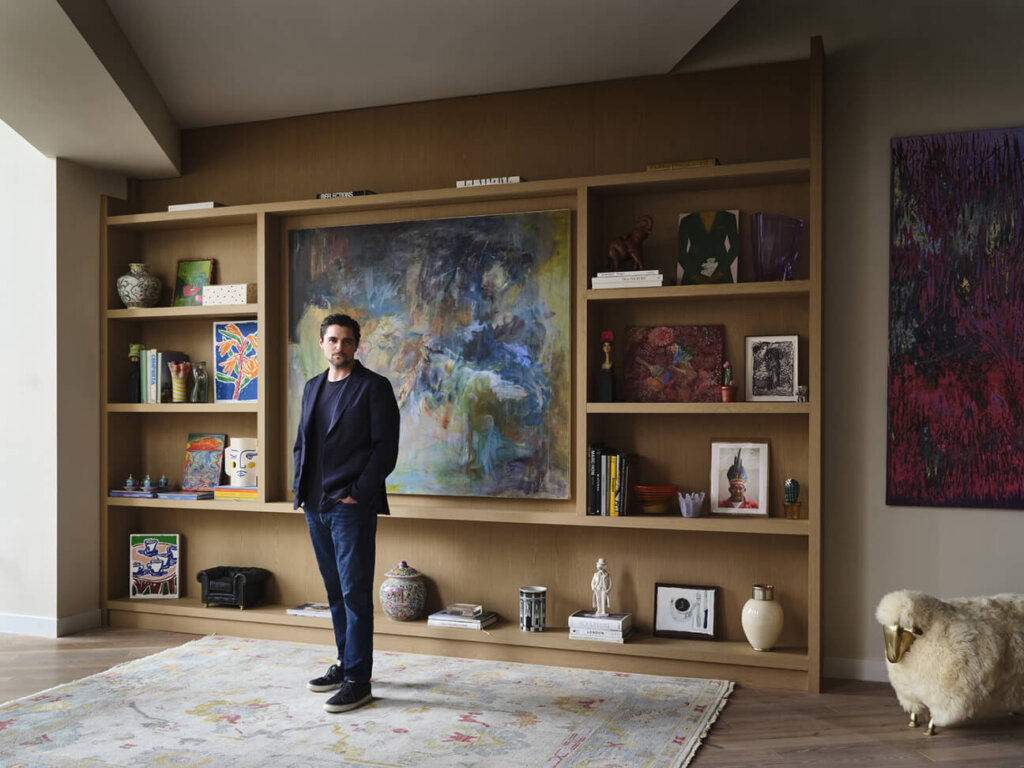
“I was at a dinner in France with some clients and friends, and everyone at the table had bought [work by] this artist who was getting tons of buzz. The gallerist was also there, and I felt pressured to buy a piece even though I didn’t love it. I was afraid to miss out and bought for speculation. It felt terrible, made me sick to my stomach. I have never done that again.”
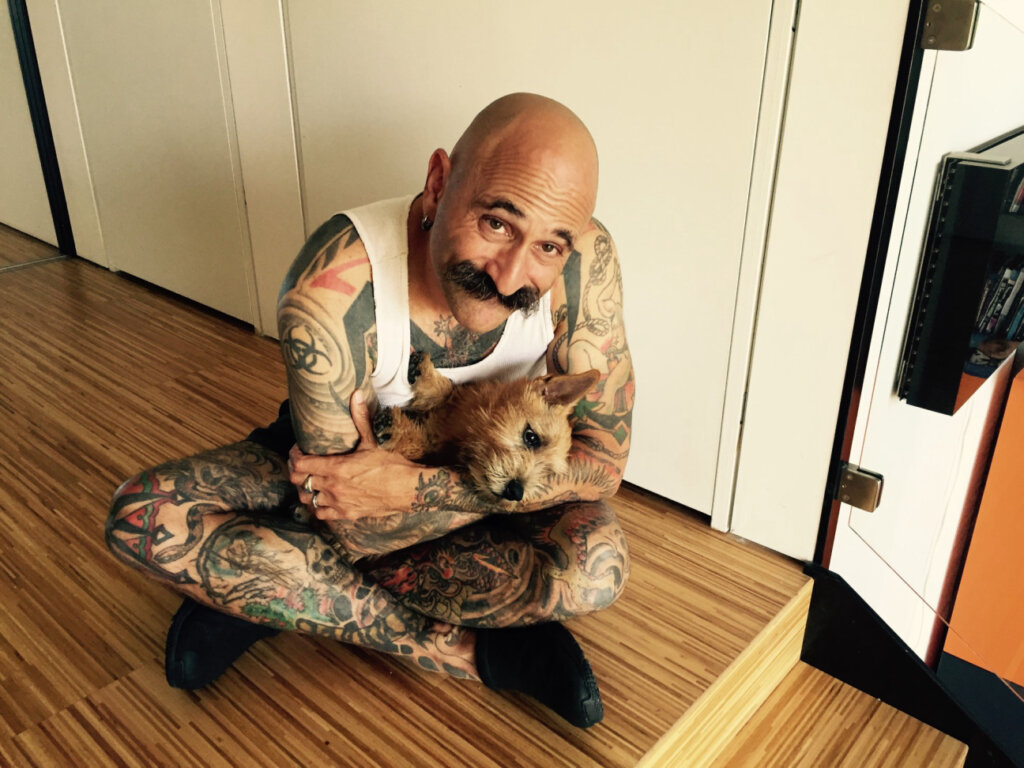
“In 2009, there was a Nick Cave work made of found objects with a lawn jockey and ships that blew my mind. I saw it too late and when I reached the gallerist, it was already sold. The story has a happy ending. Last year, it appeared in auction, and I was able to acquire it. It just shows that with patience and a great deal of luck, you can still get the one that got away.”
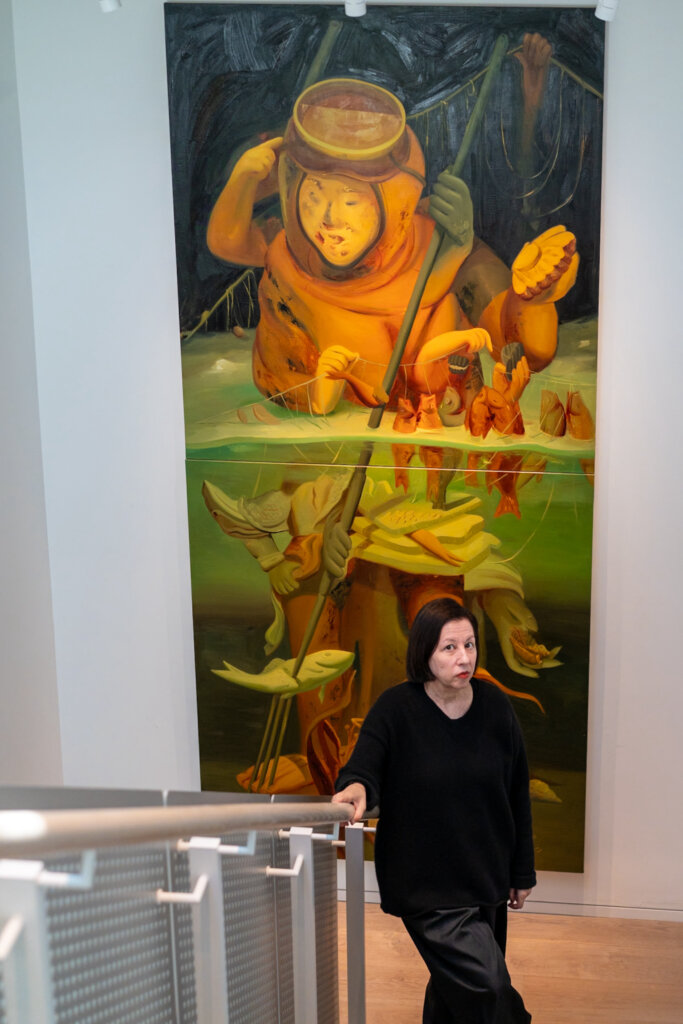
“One of the things I love about art is that there is always incredible new work to be seen. My husband saw the work online of a fantastic young female artist and reached out to her gallery to see if they had any paintings available. They offered us a few paintings, but one in particular stood out. It was of a young woman wearing a Stanford letterman jacket. The painting was gorgeous but, sitting in the Stanford museum each week, it felt a little too on the nose, so we passed on the work. That was a mistake. Not just because that artist was Amy Sherald and her work became impossible to acquire after she painted the majestic Michelle Obama, but because it would have been the perfect piece for our collection and even better for the Stanford Museum. Oh well, there have been others. And there will be more.”
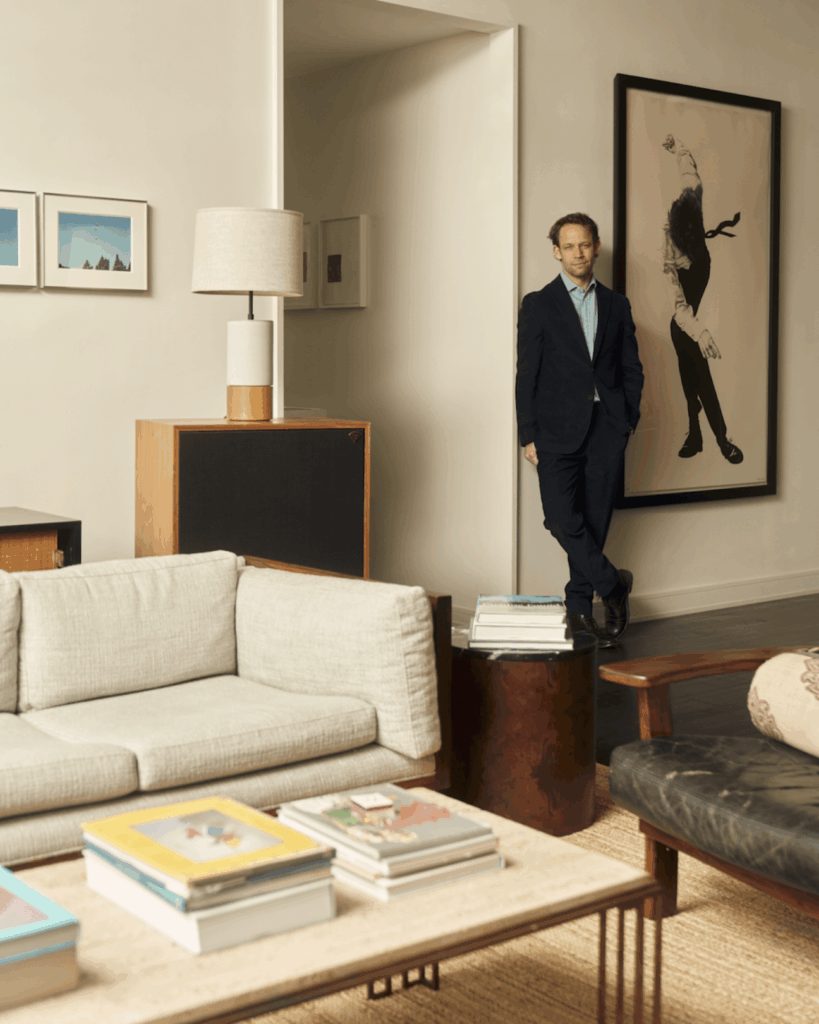
“Buying art at charity auctions [was a rookie mistake]. But if it’s for charity, it’s not really a mistake.”



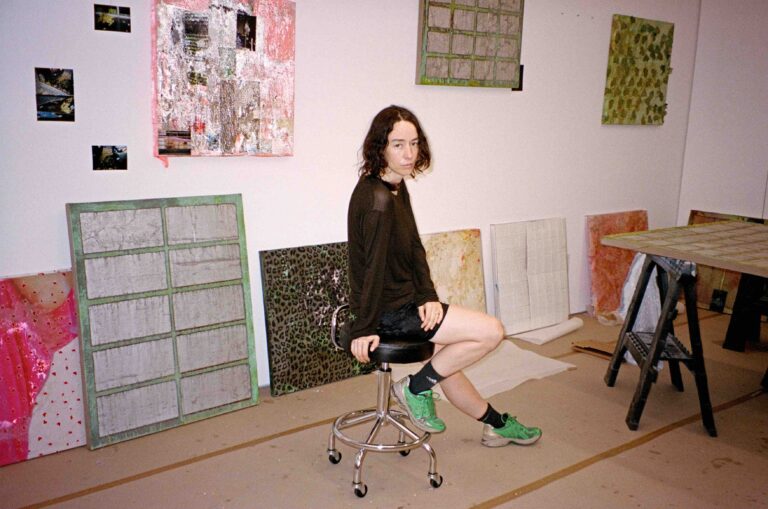


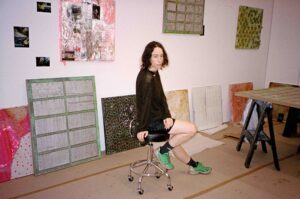



 in your life?
in your life?

